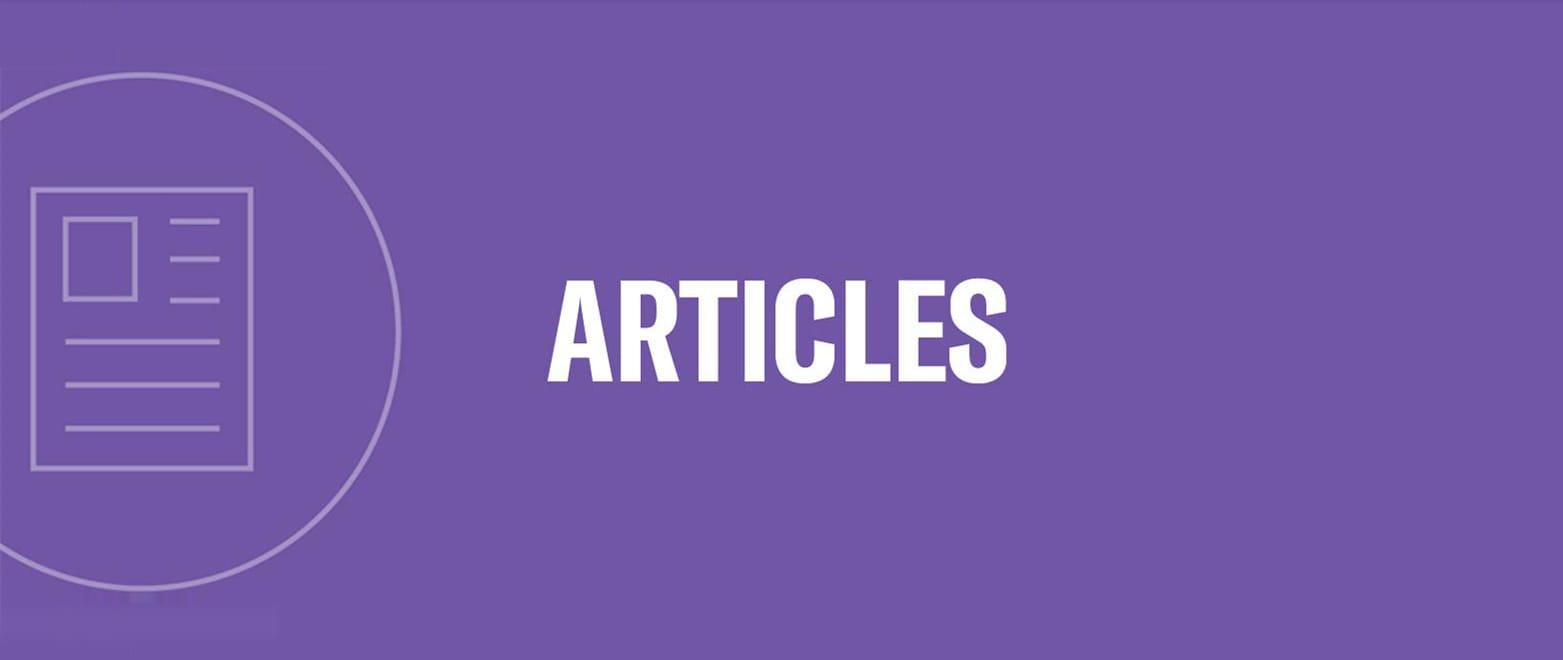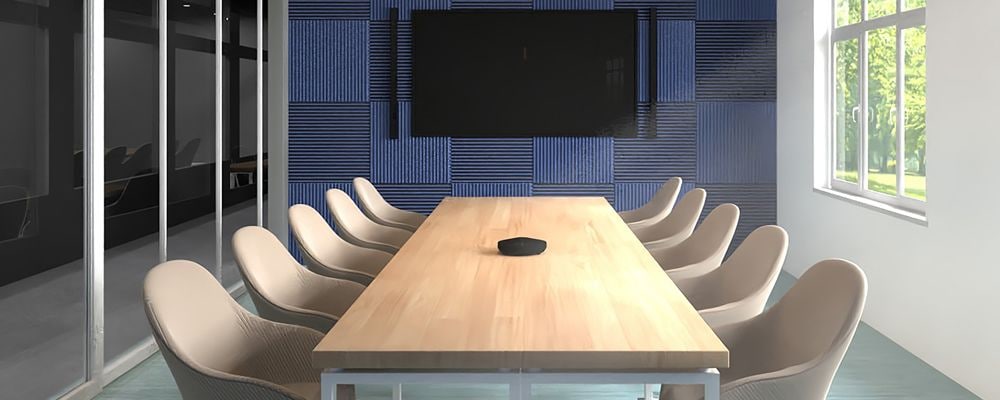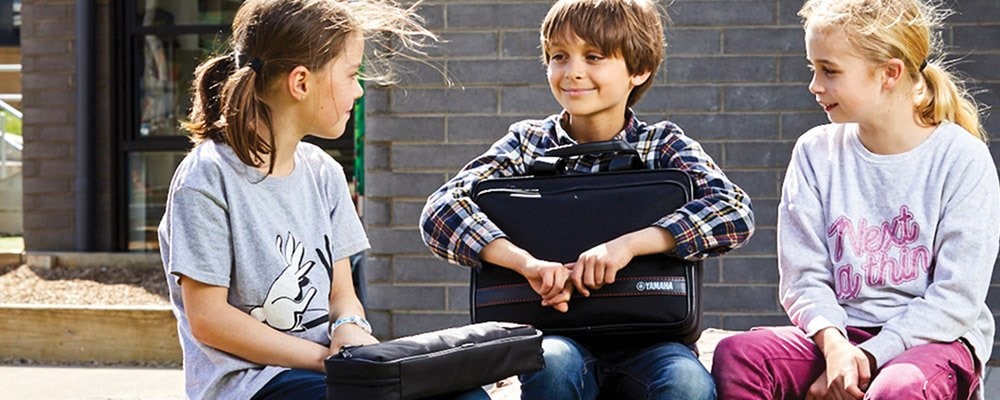Music teachers - classroom and studio alike, we are a special breed!
We are all in the game of giving – nothing could be truer – teachers give and give and receive very little back but how wonderful is getting up and going to work when your workplace is one of enjoyment, collaboration, and growth for yourself and students? Simply from knowing the team you work with are all on the same page.
Can you Hear Me?
After the events of the last few years, we have all had to change and adapt to new ways of communicating remotely; digital communications have become the new normal!
Off to a GRANT Start
When studying to be a teacher, you have the opportunity to learn from the world’s best educators and musicians, but a university degree in teaching leaves teachers with significant knowledge gaps. One topic that is rarely covered but can be so powerful for a teacher and musician to know is how to successfully apply for grants. Here are a few ideas on writing a successful application.
Culture in a Music Program
A common feature of outstanding school music programs is a strong sense of collective, positive culture that surrounds and supports the musical activities of the program. One aspect of these strong cultures is the strong sense of belonging, commitment, and fulfillment experienced by those participating in the program. Senior high school students Campbell and Atharv generously provided powerful insights to these components in their schools’ music cultures.
Enabling Students with Disabilities or Diverse Learning Needs to Flourish through Music
Music is proven to improve social connections and emotional well-being, especially when introduced to children from an early age. For children with diverse learning needs, music can be life changing. Daphne Proietto OAM has years of experience teaching music to students with diverse learning needs, and provides invaluable advice to help bring music to the lives of children who need it.
Cultivating Creativity Through Developing Improvisation Skills
The ability to improvise is one of the most creative, enriching and fun things we can do as musicians, and can be an effective way to foster creativity for music students. Dr Leon de Bruin provides insight to developing improvisation within your music program.
“It’s My Instrument’s Fault!” - Reasons to Keep On Top of Maintenance
Brae Grimes discusses the importance of keeping brass and woodwind instruments in good working order, addressing longevity as well as the performance benefits of having a well-maintained instrument.
6000 parts, 230 strings, 18 tonnes of tension – are your pianos up to the task of music education?
Understanding the technical aspects of acoustic pianos is key for music teachers and facilitators of piano education. Piano Technical Manager Julian Morgan-Smith outlines how knowledge on this topic can help determine an instrument’s playability, usability, and functional lifespan.
Recruitment and Retention - A Year-Round Job
Recruitment is arguably one of the most important processes that a music department faces each year. We were lucky enough to speak to Sandie Rose-Castle and Dr Jemima Bunn, who gave us some incredible insight into their methods during the recruitment process and how to keep students engaged.
Bare-bones of Instrument Maintenance
Apart from ensuring great performance, having a well-maintained instrument can prevent the build-up of bacterial growth and spread. Brae Grimes outlines basic and advanced maintenance concepts to introduce to your students during instrumental music lessons.
Finding the Balance: Navigating Different Teaching Methods
The social aspect of a group lesson, particularly in younger students, can make the whole experience more enjoyable and helps energise the students. Regardless of the method of delivery, it is undisputed that music is good for all students.
Sharing and learning music online
Online learning has become vital in keeping students actively engaged in music within their homes. Rebecca discusses how her students have benefitted from sharing and learning music online.
Five Tips to get your Students Songwriting
Songwriting can be an amazing tool to not only teach concepts of music but a way to help engage and connect with students of all ages. Here are five tips to get your students song writing in the first lesson
10 Ways To Greet Your Instrumental Students!
‘Hello’ or ‘How was your week?’ can sometimes be a repetitive way to welcome your students each day or week! To better connect and help engage with your students, start your next lesson in a new way with these 10 alternatives to greeting your students.
It’s for Everyone! Tips and Tricks for Attracting New Members to your Community Band
Community music ensembles are wonderful places – full of people from diverse backgrounds and of different ages, with their own motivations for being involved. If you’re thinking about starting a community ensemble or are looking for ways to expand the membership of your current group, here are some tips!
Piano Lessons are like Swimming Lessons
‘When Should My Child Start Piano Lessons?’ – can be one of the most common questions asked to piano teachers. Whilst there is no golden answer, Samantha Coates offers us a great analogy to help answer this question.
Repertoire Selection for a Brighter Future
Rachel Howley explores the role that conductors can play in championing the wind band works of a more diverse range of composers.
Budgeting for a Successful Music Program
A handy guide on how to best organise your budget as a new music teacher. A bunch of handy tips on how to make the most of what you get.
The Popularity of Silent Pianos And What we Need to Know as Piano Teachers
In the modern era of piano teaching, the usual binary question of “digital versus acoustic” is now becoming a much more nuanced discussion. Furthermore, hybrid instruments – particularly Yamaha’s Silent Pianos – are a much broader offering for those students who may turn away from traditional acoustic pianos.
Preparing for a Long Life With Music
Often in schools we are so focused on recruiting for and retaining balanced ensembles, ensuring elective numbers are sufficient to keep the subject running, and supporting students in their preparation for exams and performances, that we run out of time (and head-space and energy) to consider: “what’s next for these students? are they ‘going on’ with music?”
Music And Your Brain
As instrumental teachers and ensemble leaders we see how learning a musical instrument transforms students. Little by little, in rehearsal and in performance, we observe the slow, steady and positive development of each student’s brain function. We know what it looks like, but if asked by a parent or school leader, could you explain why? Dr. Anita Collins looks at the research that tells us what is really happening inside our students’ heads.
How Yamaha’s Great Start Grant Changed Our School
In 2017 Apollo Bay P-12 College became the recipients of the Yamaha Off To A Great Start Grant program. Their principal Tiffany Holt tells us how it changed the students’ world.
A Balancing Act
A high school music educator shares six tips for managing work-life balance and being more productive.
Build It And They Will Come
It is inevitable that at one point in your career you will find yourself presented with a “fixer upper” music program. That is, a program with few students, high attrition and a difficult demographic. These are actually the kinds of programs that deserve the very best teaching and people skills. If we believe that all students deserve the chance to access quality instrumental music education, then it is our responsibility to make these programs functional. And it can be done! Dr. Heather McWilliams shares some the strategies you can apply to help turn a music program around.
Planning For Music Program Success
Planning for success first requires you to define what success sounds like in your school. From this base you can make planning decisions that will move your community towards this success. James Le Fevre shares some ideas that proved successful during a seven year stint as Director of Bands at a medium fee, Catholic Girls high school.
How To Enhance Teaching, Learning And Performance Through Free And Easy Apps
Today apps (applications used on smart devices and tablets) are commonplace. Most people use them on a daily basis for everything from banking to shopping. They are also increasingly being used to control electronic devices, proving to be a cost effective way to augment functionality and integrate intuitive operation. Musical instruments are no different, and apps like Yamaha’s Digital Piano Controller App now are available for keyboards.




























